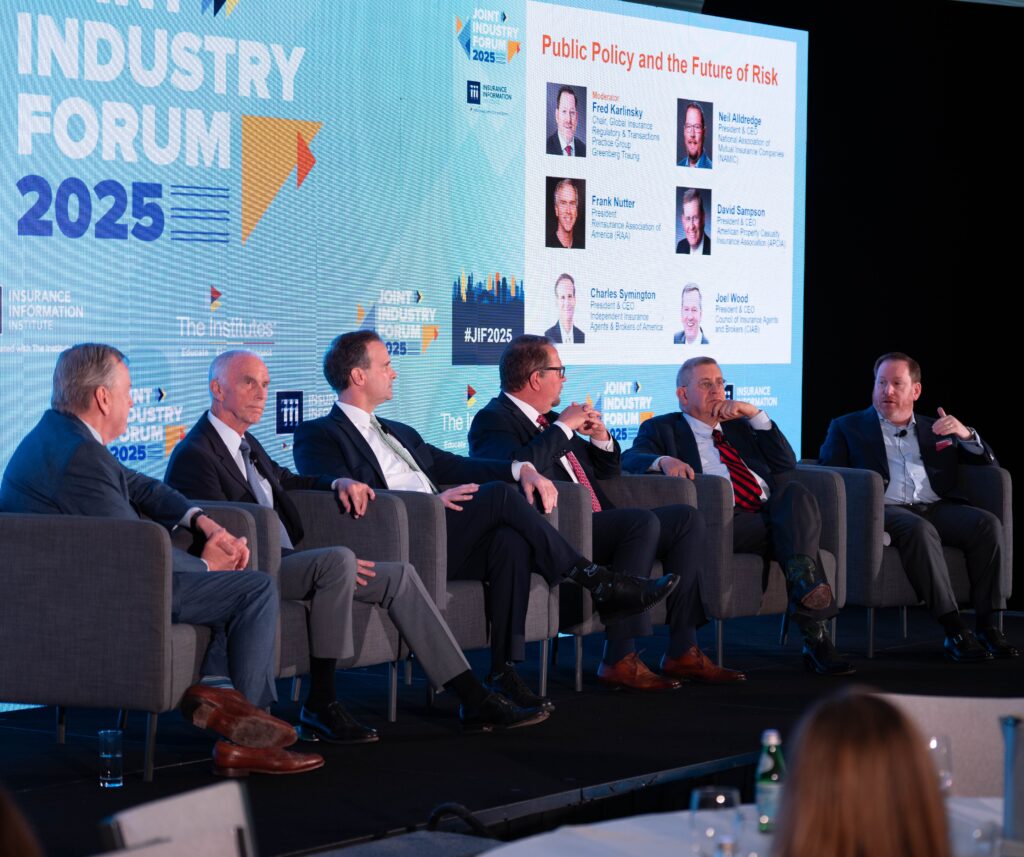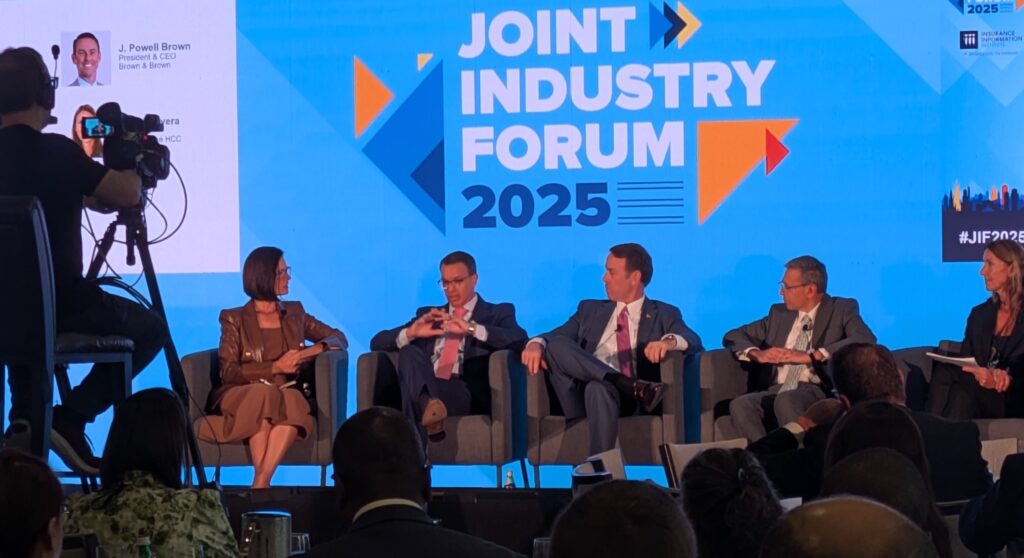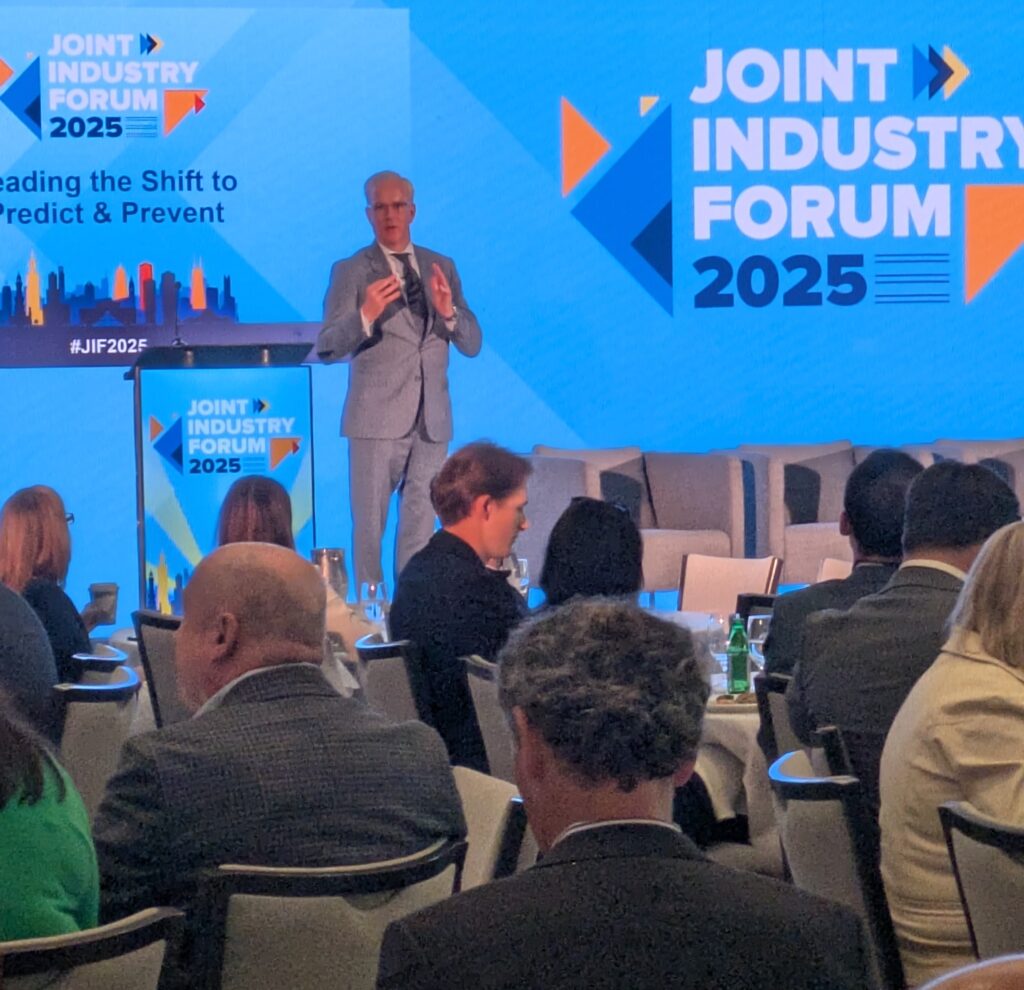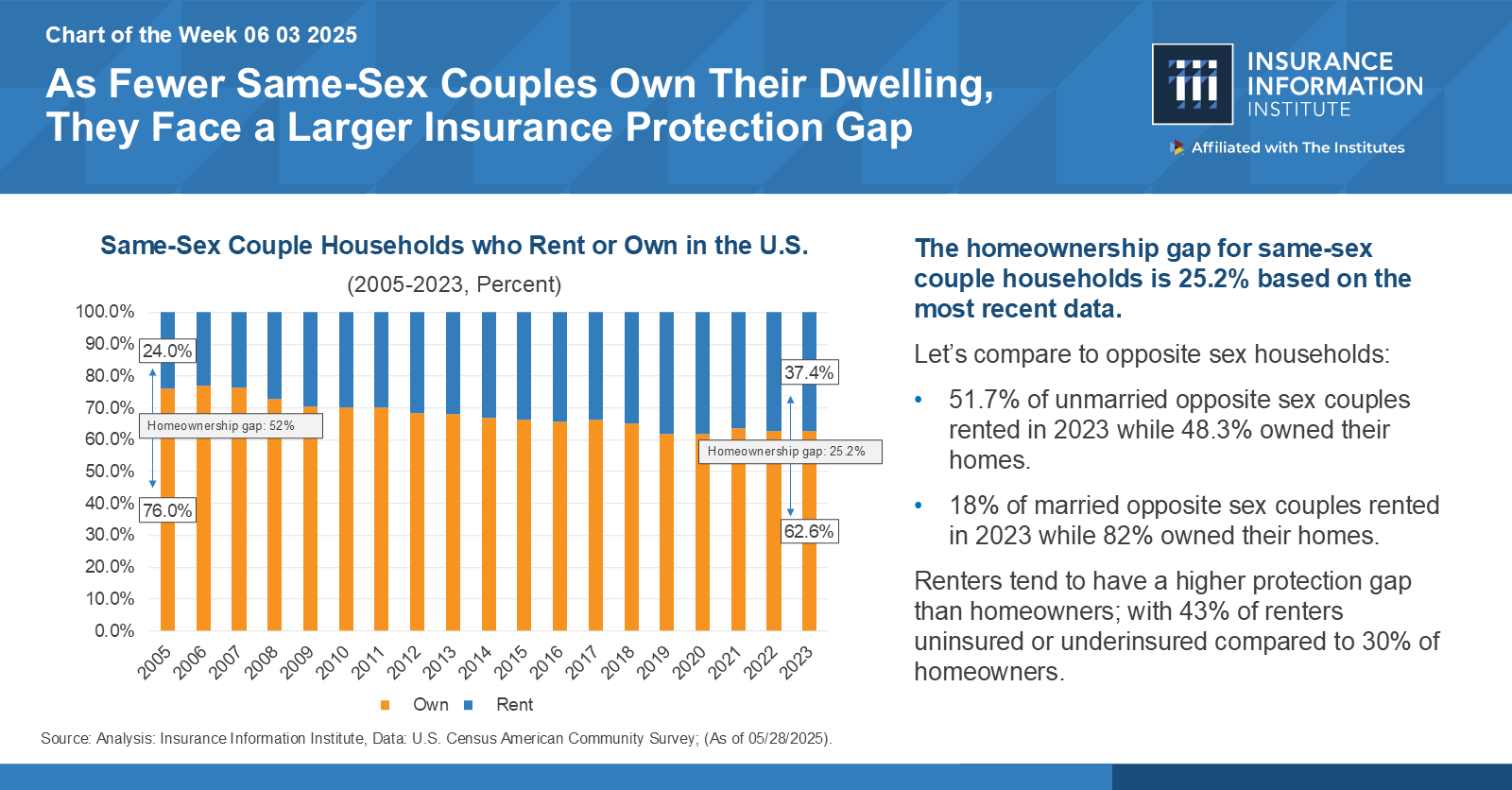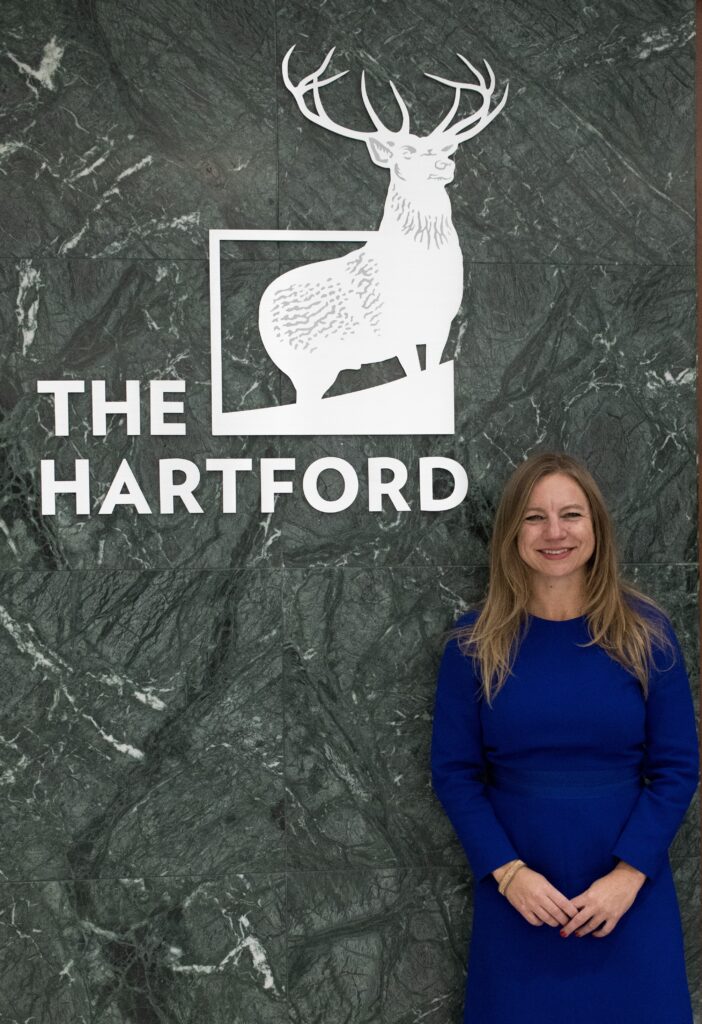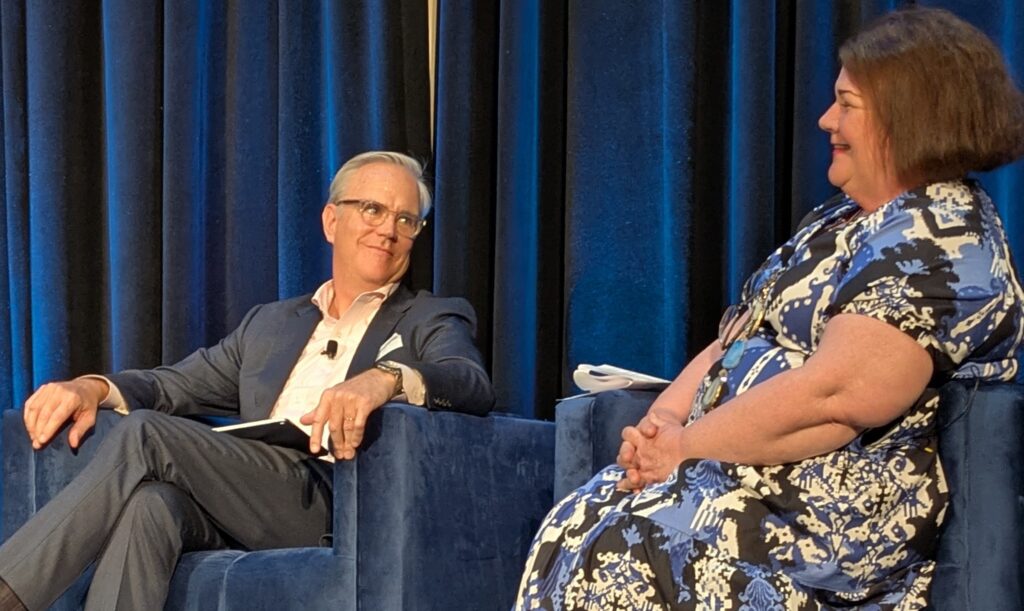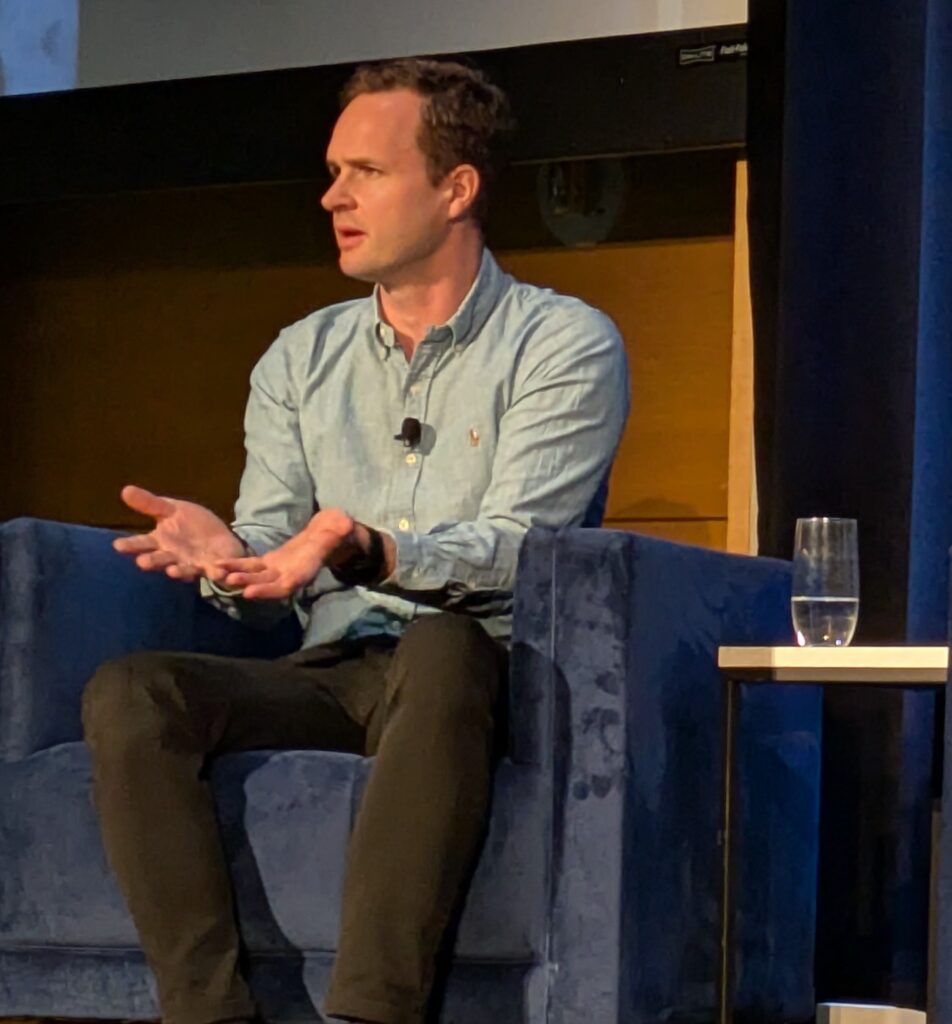
Improved loss ratios, strong premium growth, and lower retention rates characterized the U.S. auto insurance industry in 2024, according to LexisNexis® Risk Solutions’ 2025 U.S Auto Insurance Trends Report.
The report shows that, “while a number of insurers returned to profitability as the market softened,” the market was characterized by “record levels of policy shopping and switching, attorney representation, claims severity, and rising driving violations.”
Rate increases over the past two years helped U.S. insurers address profitability issues, the report said. Premium rate increases are beginning to ease, rising 10 percent in 2024, compared with a 15 percent hike in 2023, as market conditions soften. Insurer profitability is improving, with direct written premiums growing 13.6 percent, to $359 billion, and incurred loss ratios stabilizing, enabling some carriers to pursue growth strategies and file for rate decreases.
LexisNexis Risk Solutions also notes that tariffs may factor into how insurers consider rate in 2025. While the market wouldn’t expect the magnitude of activity seen between 2022 through 2024, tariffs, if they stick, could set off a ripple effect of moderate rate increases with implications across the industry.
Other trends identified in the report include:
- Bodily injury claims severity jumped 9.2 percent, and property damage severity climbed 2.5 percent, year over year. In contrast, collision severity fell 2.5 percent for the same period.
- All driving violations increased 17percent and driving violation rates across the United States surpassed 2019 levels.
- Policy shopping reached an all-time high, with more than 45 percent of policies in force shopped at least once by year-end.
The report also noted that electric vehicle (EV) transitions are introducing new risks, as drivers moving from internal combustion engine vehicles to EVs experienced a 14 percet rise in claim frequency.
“Auto insurers continue to navigate a dynamic market,” said Jeff Batiste, senior vice president and general manager, U.S. auto and home insurance, LexisNexis Risk Solutions. “The combination of the market softening and a return to profitability presents a potential new chapter for the industry as insurers encounter a consumer base that is more willing than ever to shop for deals.”
Record levels of auto policy switching translated to 2024’s new policy growth rate of 17.7 percent year over year. It also added momentum to the ongoing customer retention decline across the industry.
Since 2021, retention has decreased five percentage points, to 78 percent, resulting in a 22 percent increase in policy churn, the report says.
“Historically, dropping even one percentage point is significant,” it says. “However, against a backdrop of heightened levels of shopping and switching activity, insurers may want to focus on their retention strategies, especially when long-tenured customers are hitting the market.”
Learn More:
Litigation Reform Works: Florida Auto Insurance Premium Rates Declining
Personal Auto Shines, General Liability Faces Headwinds in Q3 2025
Personal Auto 2024 Underwriting Results Best Since Pandemic
Even With Recent Rises, Auto Insurance Is More Affordable Than During Most of Century to Date
New IRC Report: Personal Auto Insurance State Regulation Systems


